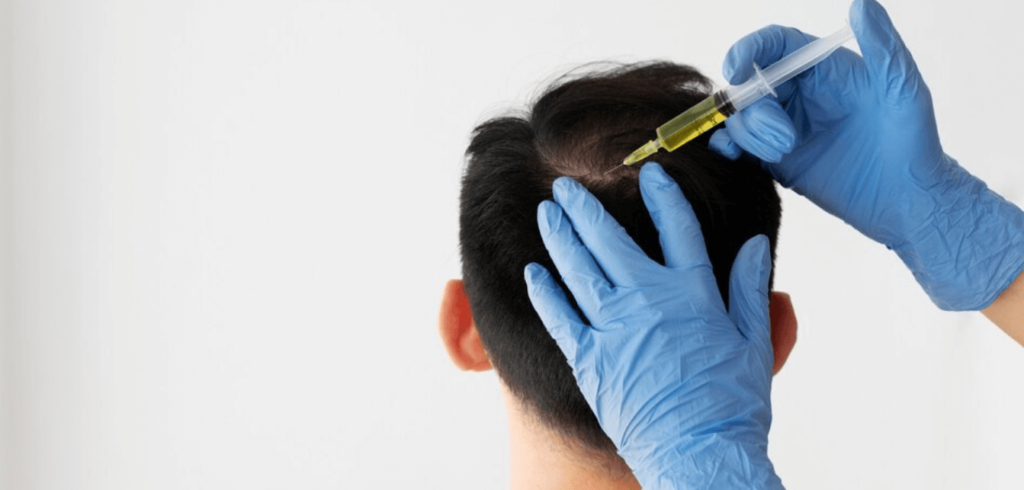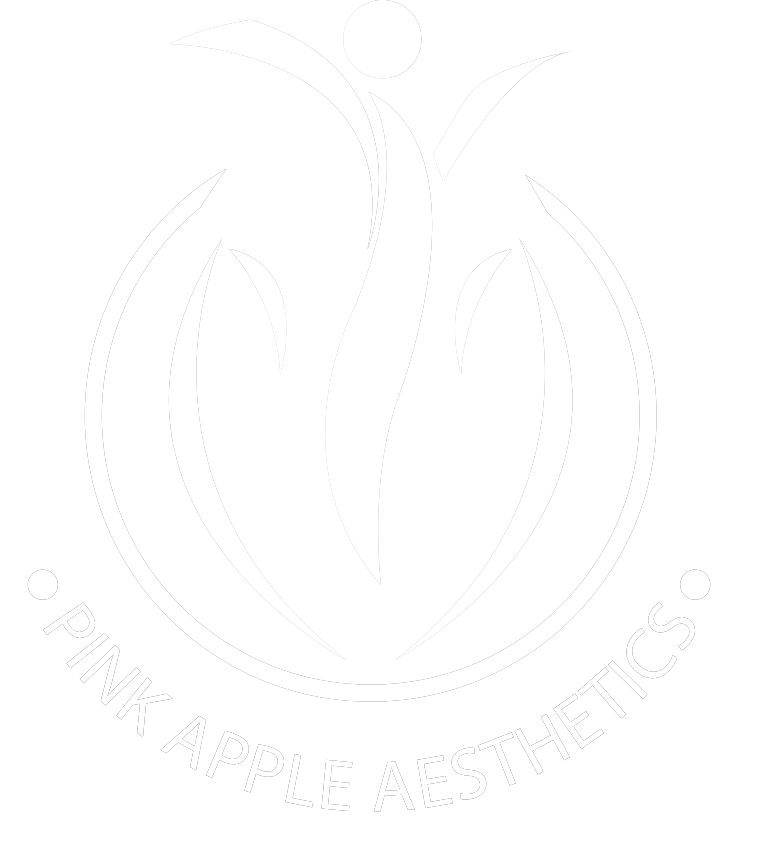Platelet-rich plasma (commonly referred to as PRP) is a medical treatment in which a person’s blood is drawn, processed and then injected into the scalp. PRP has emerged as a new treatment modality in regenerative plastic surgery and evidence suggests that it has a beneficial role in preventing hair loss. What makes it an ideal treatment for anyone with thinning hair is it helps stimulate activity of the hair follicles and assists new hair growth. When platelet-rich-plasma is injected, it tends to stimulate natural hair growth and provide improved blood supply to hair follicles, thereby increasing the thickness of the hair shaft. In fact, PRP is being used in medical science to treat a host of health issues, including arthritis, signs of aging, healing injured tendons, ligaments, muscles, etc.

Our blood consists of red blood cells, white blood cells, platelets, and plasma. Plasma is the fluid part of the blood. Platelets are tiny cells in the blood which rush to any site of injury when bleeding occurs, to arrest and form a clot and fix the damage. Platelets are also reservoirs of growth factors that accelerate tissue recovery by increasing blood flow. They are known to be agents for stimulating and enhancing function of the hair follicles. Platelet-Rich Plasma (PRP) is processed blood plasma, which means concentration of plasma with platelets from which red blood cells and white blood cells are removed. In PRP therapy for hair loss, this platelet-rich plasma concentration is injected into the scalp to enhance hair growth.
PRP has revolutionized the treatment for hair loss as it has shown efficacy in increasing hair count, hair thickness and the growth phase of the hair cycle. It has become a much sought after treatment for hair loss around the world within the last few years.
Who is a potential candidate for PRP?
Anyone who has the problem of receding hairline is basically a good candidate for PRP treatments. PRP tends to work well in early hair loss. PRP also works best in patients with androgenic alopecia, which is a genetically determined type of hair thinning that typically occurs along the top of the head among males and females.
PRP therapy process:
Before the actual process begins, you may be asked to stop taking blood thinners. As with most procedures, there is a careful process involved in using PRP for hair regeneration. Generally, it is a three-step process.
Step 1: Your blood is drawn – typically from your arm and put into a centrifuge (a machine that spins rapidly to separate fluids of different densities).
Step 2: The centrifuge spins the blood tube to filter out the red blood cells from the plasma. After about 10 minutes in the centrifuge, your blood will be separated into in three layers:
- platelet-poor plasma
- platelet-rich plasma
- red blood cells
Step 3: The platelet-rich plasma is drawn up into a syringe and then injected directly into areas of the scalp where hair regrowth is required.
Generally, PRP treatments require three clinic visits, four to six weeks apart. Aside from that, maintenance treatments are done every four to six months. It should be understood that the follow up of PRP depends on the individual patient’s response and results, so there may be a tailor-made follow-up plan for you. The process is meticulous, with injections beginning across the scalp, approximately every half inch over the area of thinning hair.
Results of PRP:
Following the treatment protocol, visible results of PRP can be seen within two to three months. The first sign of a positive effect of PRP is reduced hair shedding, followed by early regrowth and increased hair length. According to experts, receiving PRP treatments every six months on a long-term basis is ideal for stimulating the growth factors and stem cells that aid regrowth and arresting hair fallout.
If the hair loss is caused by stress, pregnancy or any other trauma and the treatment is sought right away, the chances of stimulating the hair follicles through PRP are high and the hair will grow back and the lost thickness will be regained. However, PRP has also worked well on patients who had hair loss for a while.
Advantages of platelet-rich plasma (PRP) therapy for hair:
The principal advantage of PRP is as your own blood is injected into your scalp, you are not at risk of getting a communicable disease. Another advantage of PRP is it can be a part of a multifaceted program to rectify hair loss and thinning. The following are the other main advantages of PRP therapy for hair:
- Side effects are reduced to minimum, limited to soreness and redness of skin for a day or two
- Very less recovery time. The patient can resume his/her activities of daily living right after the procedure
- Minimally invasive approach – only requiring injections
- Really quick treatment process – usually over within 60 mins to 90 mins.
For Enquiries and Online Appointments
For more detailed information about the PRP for Hair Loss, please send us a message today.

